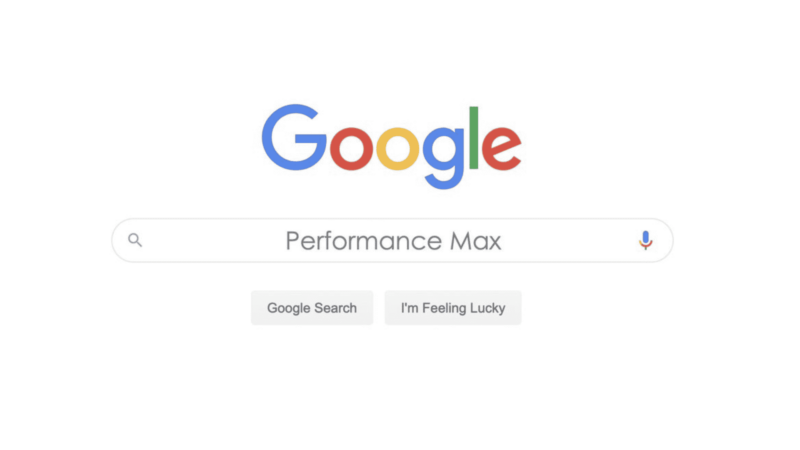
The Confusion Surrounding Google’s Performance Max Placement Rules
In the rapidly evolving digital marketing landscape, advertisers are often left grappling with the nuances of various automated systems. A prime example is the confusion surrounding Google’s Performance Max (PMax) placement rules, particularly concerning API-based placement exclusions. While Google’s official stance indicates that these exclusions are unsupported for PMax campaigns, several advertisers have consistently reported successful experiences implementing API-originated exclusions. This scenario raises critical questions about the integrity of Google’s guidance, highlighting a significant gap between official statements and user experiences.
The implications of this discrepancy cannot be overstated. For advertisers who depend heavily on APIs and automation tools to manage their campaigns efficiently, the inability to rely on PMax placement exclusions could lead to unwanted ad placements. Such outcomes not only jeopardize brand safety but also the overall effectiveness of advertising campaigns. Marketers must carefully navigate these challenges to ensure that their brand messages reach the appropriate audiences without compromise.
Nils Rooijmans, an expert in automation, recently conducted tests that contradicted Google’s assertions. His findings, as well as confirmations from various advertisers, suggest that API-based exclusions function similarly to their user interface-based counterparts, despite Google’s claims. This inconsistency places advertisers in a precarious position, as they are left to question the reliability of Google’s guidelines in a critical area of campaign management.
As the complexities surrounding PMax placement rules continue to evolve, it may be time for Google to re-evaluate its official stance on API-based exclusions. The evidence suggests that these mechanisms might be operating effectively, thereby reinforcing the need for clarity in Google’s communication with advertisers. Misinterpretations can severely hinder campaign management efforts, creating unnecessary challenges that marketers must address.
Furthermore, the relevance of effective link management solutions like URL shorteners cannot be overlooked in this context. Advertisers can utilize URL shorteners to enhance the tracking and optimization of their marketing campaigns. By integrating custom domains and short link management into their strategies, marketers can create concise, branded links that not only improve click-through rates but also offer invaluable insights into campaign performance.
Ultimately, as the digital marketing ecosystem continues to grow more complex, the intersection of API functionalities, campaign management, and URL shorteners presents a valuable frontier for advertisers. They must remain informed of industry developments and leverage advanced tools to navigate potential pitfalls while maximizing their campaign effectiveness.
结论
In conclusion, the conversation surrounding Google’s Performance Max and API exclusions is critical for marketing professionals. The inconsistencies between Google’s guidance and real-world experiences highlight the necessity for ongoing dialogue and transparency in this space. Advertisers must stay vigilant and adaptable, embracing emerging tools and strategies such as URL shorteners to further strengthen their campaign management efforts.
Relevant Tags: #BitIgniter #LinksGPT #UrlExpander #UrlShortener #DigitalMarketing #PMax #MarketingAutomation #APIExclusions
Want to know more: https://searchengineland.com/googles-performance-max-placement-rules-create-api-confusion-450094

